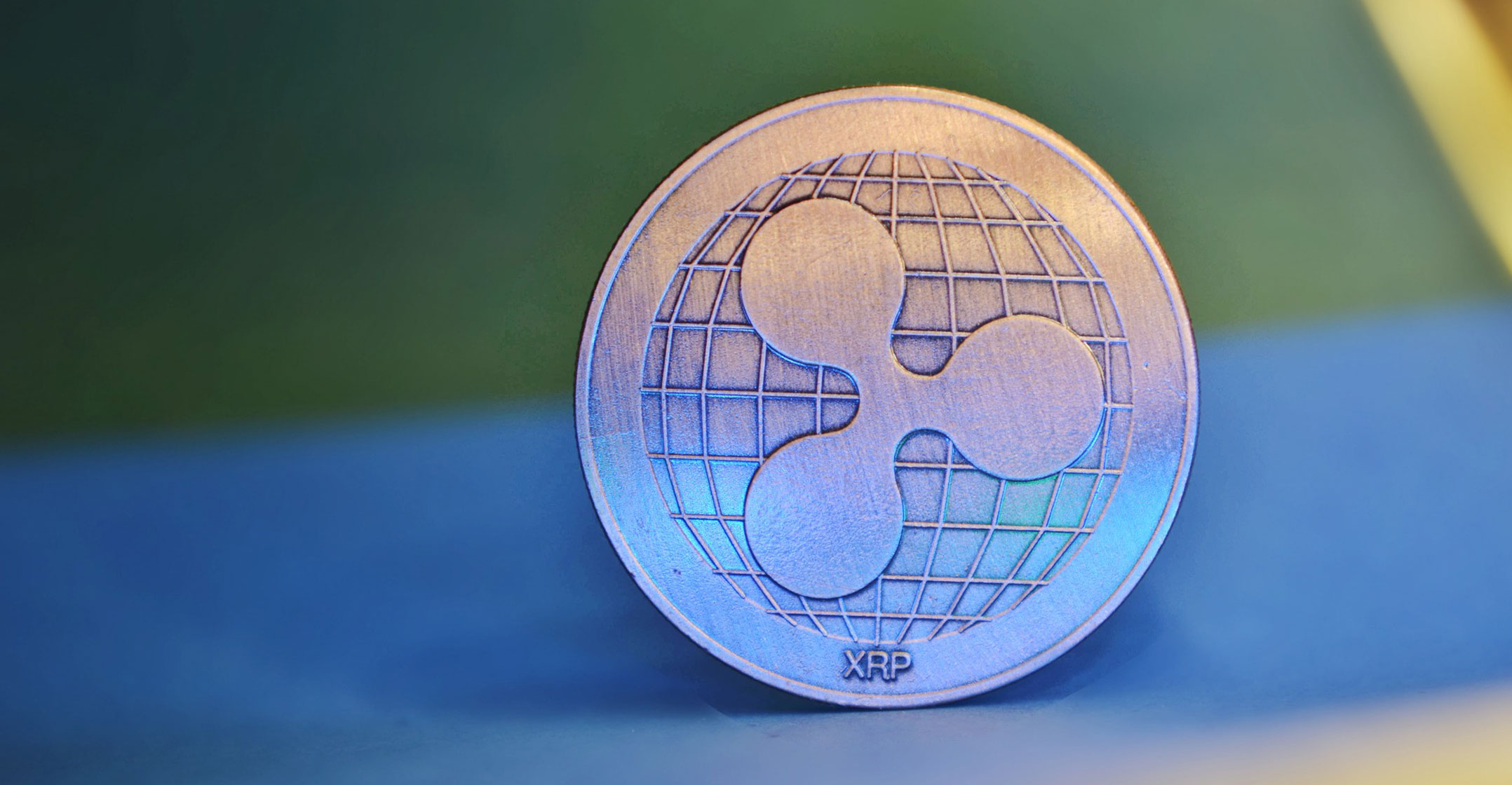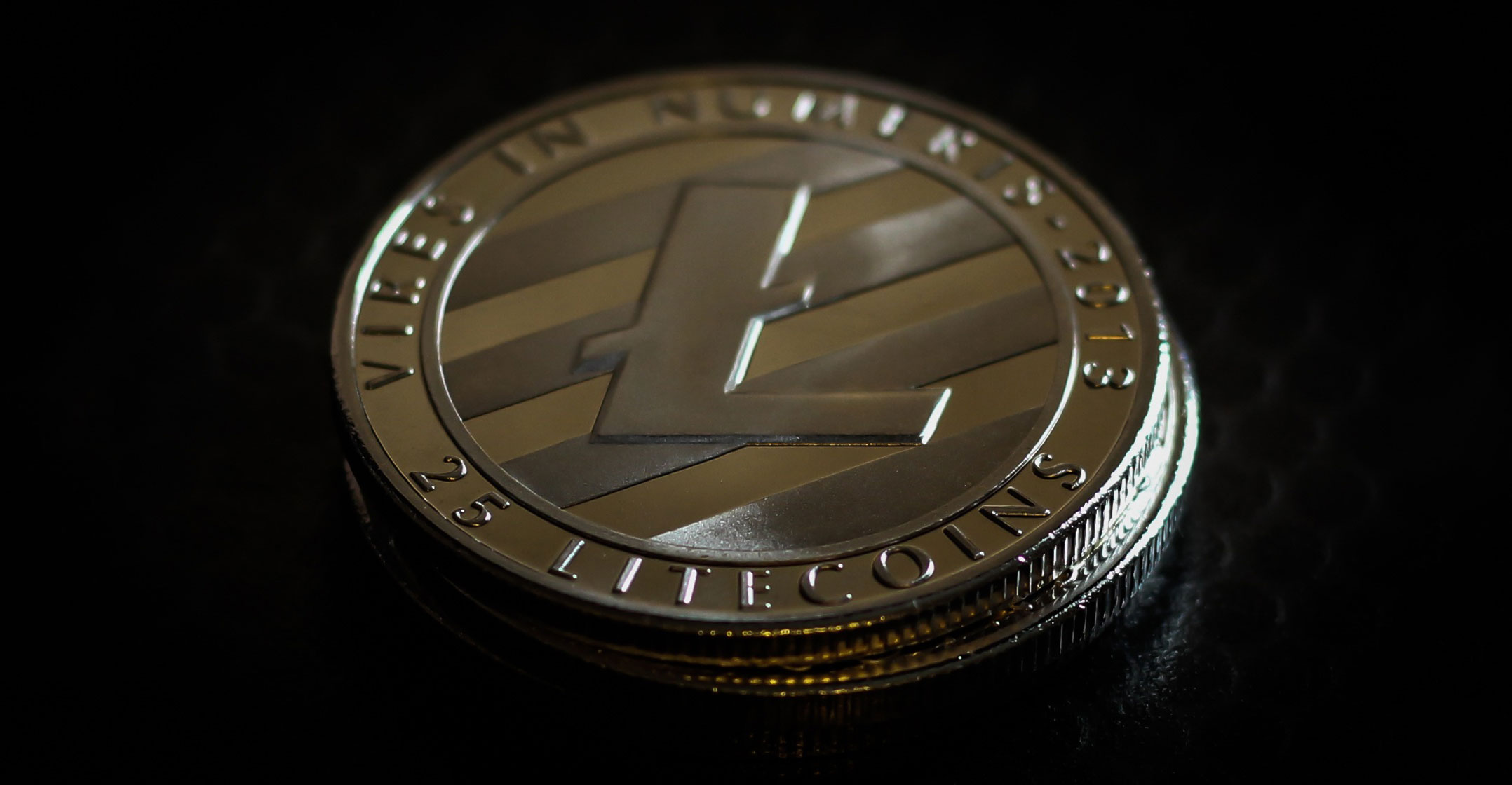It’s not just bitcoin. A number of cryptocurrencies are posting even gaudier numbers than the progenitor of digital money. Ethereum, a longtime favourite of tech geeks, has quintupled in value since its 12-month low on 16 March, besting bitcoin’s 295% increase in the same period. And XRP, a lightning rod for crypto critics, has doubled in value since 17 November.
In the last week, new customers were buying XRP at three times the rate of bitcoin on eToro, an online trading platform popular with millennials in Europe and Asia. Just comparing prices may be all it takes for investors to consider even more options such as litecoin, tron or cosmos, all of which can be purchased for a fraction of bitcoin’s record-high of nearly US$20 000.
Yet crypto veterans say making these bets based on little more than market momentum is unwise. The world of blockchains, crypto mining and hash rates is so esoteric that even many professional money managers are still working out what makes it tick. Moreover, when bitcoin boomed three years ago, scores of copycats came out of the woodwork, many of which amounted to little more than a white paper and a cute name.
That’s why it’s imperative for investors to dig into the design and purpose of such “altcoins”, as they are called, before they take the plunge, says George McDonaugh, the CEO of KR1, a publicly traded digital asset investment firm based in the Isle of Man. You can start by tuning out the crypto hucksters who populate YouTube and instead focusing on leading technologists on Twitter and industry websites (Jesse Powell and Emin Gun Sirer are two of McDonaugh’s favourite voices in the space).
“The crypto market is divided between companies on the path of innovation and those that just become pools of capital,” McDonaugh said. “If you’re trying to play the alt market and understand how you can turn 5c into $5 then you have to unlock a new area on the map. That takes research.”
Here is a guide to the most valuable alternatives to Bitcoin in the crypto universe:
Ethereum
With a market capitalisation of $70-billion, ethereum is only a fifth the size of bitcoin. Yet it’s considered the most revolutionary variation of the technology that allows users to safely send assets around the world and record the transactions on an unchangeable digital ledger called the blockchain.
Unlike bitcoin, which is designed to be a new form of universal money, ethereum lets people create computer applications inside its system. And ether, the digital token in the setup, isn’t supposed to be a new currency used to buy things. It’s just a piece of software that makes the whole system work. Users can set up so-called “smart contracts” on ethereum that automatically issue payments and share data at pre-set times as certain terms are met.
Still, ether is traded like a security. And lately investors have been getting excited about its future. In August, JPMorgan Chase & Co invested in a company called ConsenSys that backs start-ups building applications that run on ethereum. Amazon.com’s cloud computing division is developing a service that will tap ethereum to let customers execute financial transactions without the need for middlemen.
This month, ethereum plans to start a major upgrade that is designed to improve its scalability and security, which may be a key reason why it’s outperforming bitcoin.
 XRP
XRP
Perhaps no major cryptocurrency has spurred as much debate as XRP, a digital token controlled by a San Francisco company called Ripple. Several years ago, the firm set out to upend the global cross-border payment industry by replacing the clunky, old system for transferring cash with a bitcoin-inspired solution.
But the banking industry wasn’t about to let an upstart disrupt a multi-trillion dollar network that’s vital to their corporate clients. So Swift, the Brussels-based cooperative of 11 000 financial institutions that directs the international flow of cash, rolled out its own upgrade in 2017. Shunning blockchain technology, Swift’s system uses traditional software to make cross-border payments easier and faster and thousands of banks have adopted it in a setback to Ripple’s ambitions.
As a result, sceptics say XRP lacks the usefulness of bitcoin or ethereum. XRP isn’t used by anyone except Ripple, and even there it hasn’t been adopted as broadly as the company would like. Some luminaries in the crypto world give it a wide berth. Billionaire twins Tyler and Cameron Winklevoss have yet to permit traders to buy and sell XRP on their crypto exchange Gemini. Critics such as Ryan Selkis, the CEO of an influential New York crypto software firm called Messari, have faulted Ripple for not being more transparent on how it manages and sells its own supply of XRP.
But that hasn’t stopped the XRP army, as its supporters are known, from speculating in the third biggest cryptocurrency. Juiced by XRP’s 355% jump this year, they’ve flooded YouTube with exuberant predictions. “$20 price when this trend finishes!” says the headline on one of many such videos. XRP was trading at $0.63 on Thursday.
 Litecoin and the new breed
Litecoin and the new breed
The other stalwart popular with investors is litecoin, a digital currency that was introduced in 2011 as a leaner, more efficient version of bitcoin. Litecoin can process transactions faster than bitcoin. Many buyers often pick up litecoins — they were going for $91 on Thursday — in tandem with bitcoin and ethereum.
Yet a new generation of digital assets moving up the league table are more influenced by ethereum’s design than bitcoin’s. Three of the standouts are chainlink, cardano and polkadot. The latter has been attracting institutional investors because it was created by Gavin Wood, the British technologist who helped develop ethereum with Vitalik Buterin. Polkadot enables application developers to create their own blockchains. Then, like highways joining cities, it links them with other blockchains in one mammoth network, says KR1’s McDonaugh.
He made Polkadot his number one investment, and Dan Morehead, the founder of crypto investing pioneer Pantera Capital in California, believes it has the potential to challenge ethereum’s position. Polkadot, which is now ranked ninth on CoinMarketCap’s roster of currencies, is up about 85% since it started trading in August.
The longer the crypto rally goes on, the more new investors will look beyond bitcoin for potential jackpots. That’s what Richard Edge, a 53-year-old British handyman and landscaper, did. After landing a windfall, he used eToro in August to invest £50 000 in crypto. He put half in bitcoin and the rest in ethereum, XRP, and a few others.
“There’s a lot of unpredictability about any of this but I’m finding altcoins better performance-wise,” Edge says. “Because there’s a history of bull runs and top investing companies are dipping their feet into the market that gives me confidence.’” — Reported by Edward Robinson, (c) 2020 Bloomberg LP
